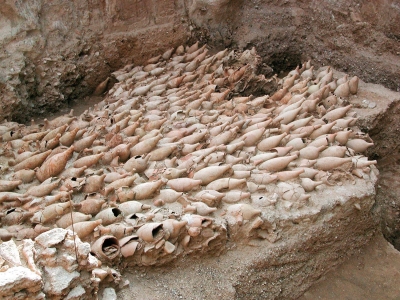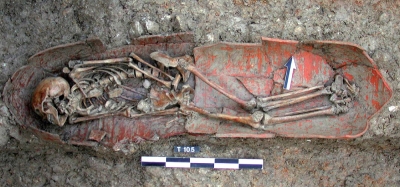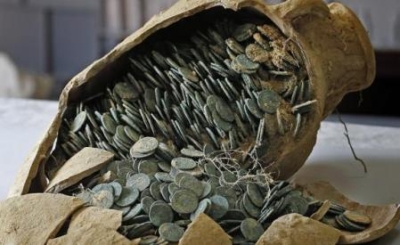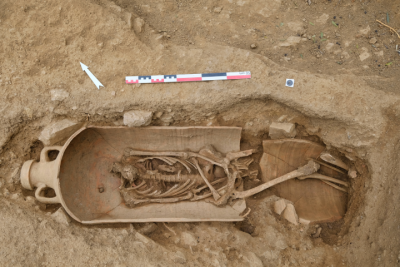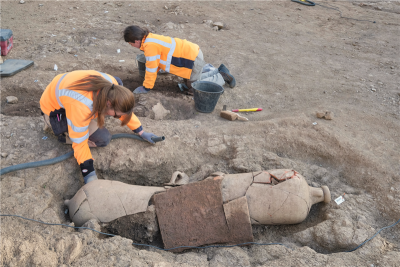Lecture: A sustainable economy? The life cycle of Roman ceramics, from manufacture to recycling. By Víctor Revilla (University of Barcelona).
One of the traits that have accompanied European societies since the beginning of the industrial revolution is the intensive exploitation of natural resources – some of which are difficult to regenerate – and the massive production of waste. This unforeseen consequence of the evil called “progress” can be identified in many of the productive processes of the Roman economy, which was able to generate a strong expansive dynamic between the 2nd century BC and 2nd AD thanks to the resources offered by the conquest and unification of a huge and diverse geographical space. Due to its volume of production, exchanges, investment and technological innovation, and consumption of resources and energy, the imperial system is the only one that faced, although to a lesser extent and without awareness of the facts, similar problems those of today’s world.
Following the “life cycle” of ceramics, a ubiquitous category of manufactures due to its various functions, we can reconstruct some of the management problems that faced the Roman economy to solve the production problems generated by a large-scale demand in all scenarios of production and daily life, from small domestic units to the provision of state needs; at the same time it is also possible to identify some of the maintenance, recovery and recycling strategies that will ensure the resilience of this economic system at various levels.
On occasion of the XVIII Magna Celebratio, the Roman festival of Badalona.
